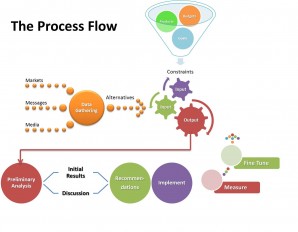 In a significant departure from what I usually post, today I am going to give you a recipe and cooking instructions for a meal that I invented from necessity in New Jersey many years ago, transported to the Bay Area and actually had a good friend from Rome, Italy, prepare when he and his wife got home. I still have the certificate from them stating that this dish, which doesn’t resemble goulash in any way, was actually prepared and very well received in Italy.
In a significant departure from what I usually post, today I am going to give you a recipe and cooking instructions for a meal that I invented from necessity in New Jersey many years ago, transported to the Bay Area and actually had a good friend from Rome, Italy, prepare when he and his wife got home. I still have the certificate from them stating that this dish, which doesn’t resemble goulash in any way, was actually prepared and very well received in Italy.
It takes some effort and a fair amount of time to make this dish, which should serve four people, but the result is nothing short of amazing. I guarantee it and many people, including my boys and anyone else who has partaken of it, will attest to that.
Ingredients:
- 16 oz Oscar Meyer center cut bacon
- 16 oz Ore-Ida Fast Food French fries
- 1 or 2 green pepper
- 1 or 2 sweet onion
- 8 fresh eggs
- 2 cups grated cheddar cheese
In a large skillet:
- Cut bacon into ½” pieces. Fry until golden brown. Remove from pan and drain on paper towel. Reserve bacon grease.
- Cut potatoes into ½” pieces. Fry until crispy and golden brown in bacon grease. Remove from pan and drain on paper towel. Reserve remaining bacon grease.
- Dice pepper and onion and fry in remaining bacon grease until slightly soft.
- Add bacon bits and potatoes back into pan with medium heat. Mix thoroughly.
- Scramble eggs and pour into pan. Stir until bacon, potatoes, peppers and onions are well coated and until eggs are almost done.
- Add and stir in grated cheese until melted, removing pan from heat to prevent anything from burning.
Serve immediately with salt and pepper to taste and toasted sourdough bread.
You might wonder what this recipe has to do with marketing, and that’s OK. Please make this dish and comment on this post, or use the website contact form, to provide me with your opinion about it. I will then reveal the secret connection.
I look forward to hearing from you soon. Mangia!




